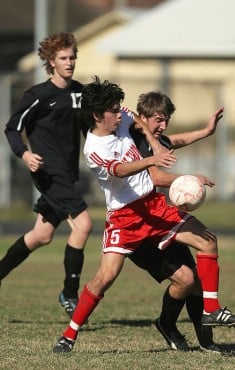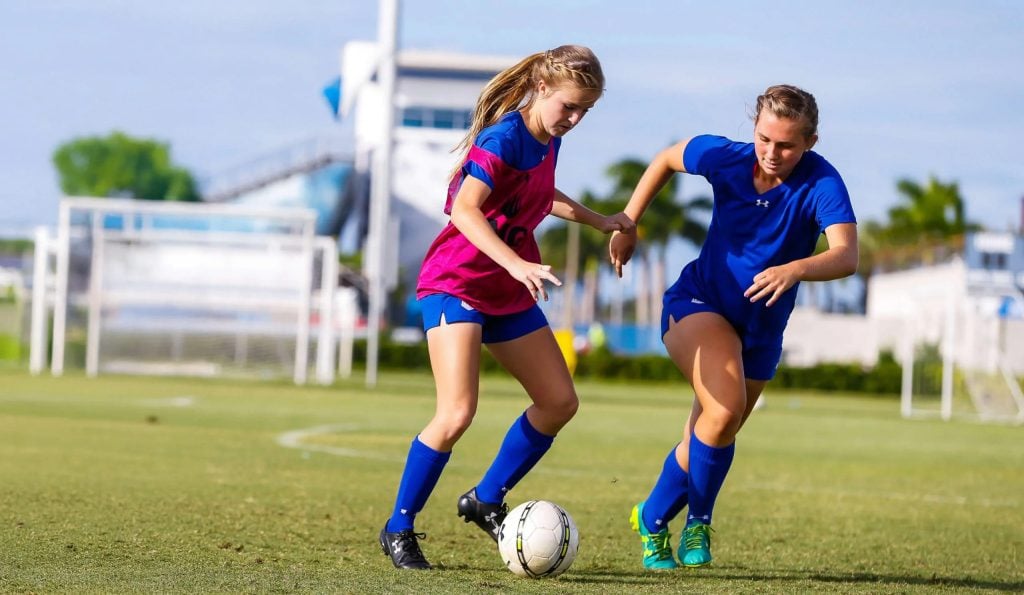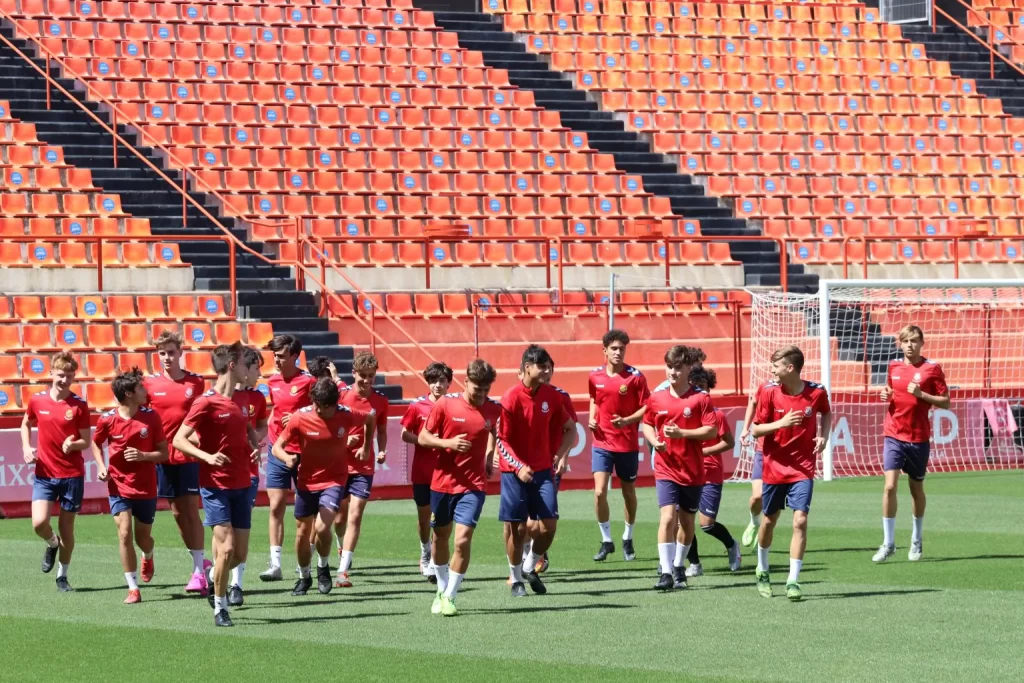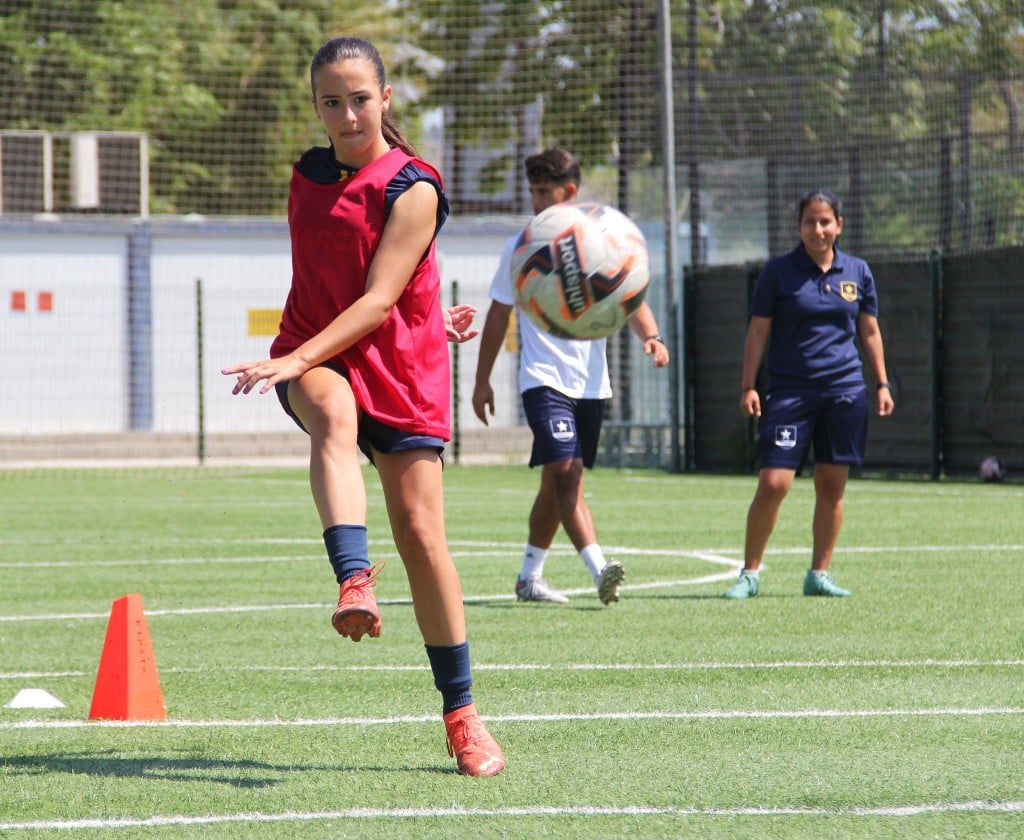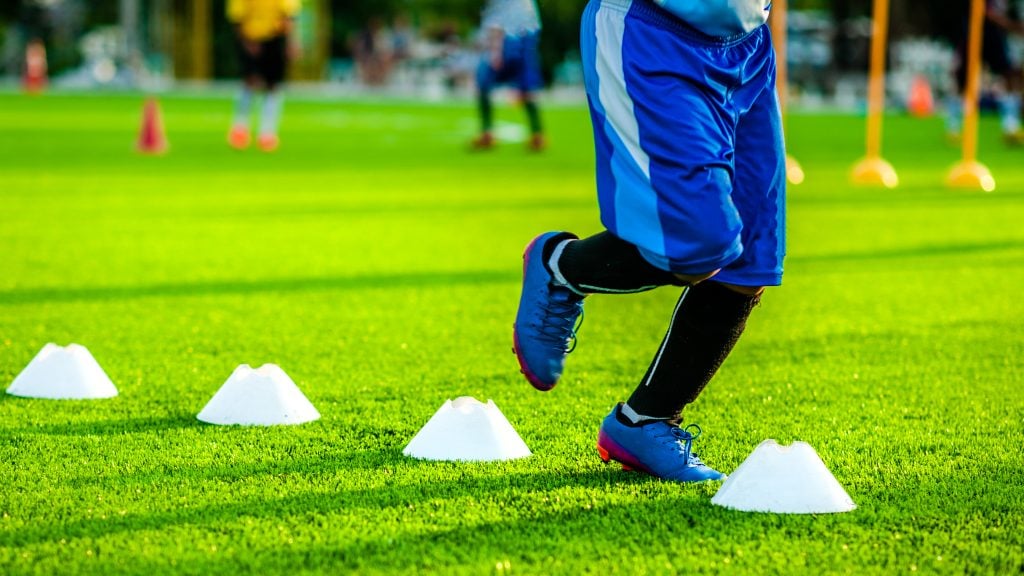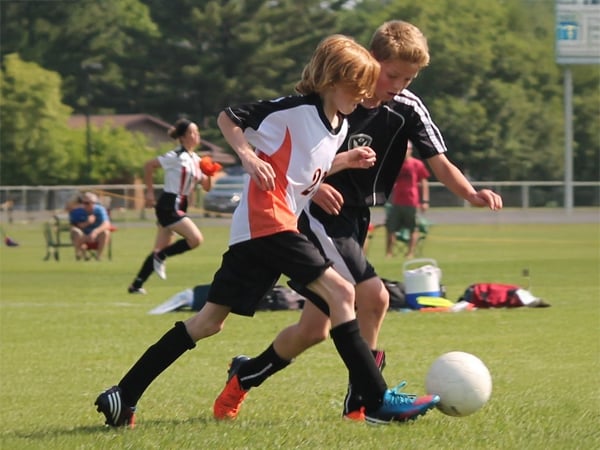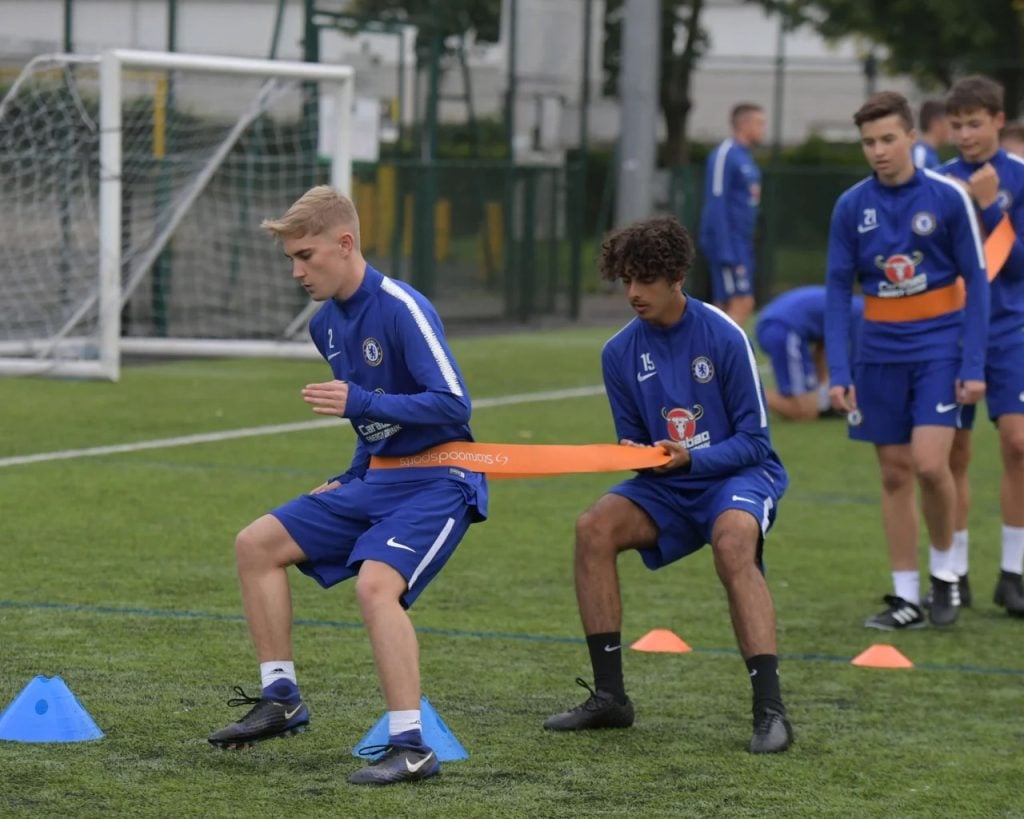Regardless of how skilled, strong and athletic you are; you may sustain a soccer injury. Even the healthiest, most agile soccer players get injured – soccer can be an unpredictable sport, and accidents can happen. It only takes the slightest of bumps, trips or slips for you to potentially pull a muscle, or even break a bone.
It is therefore important that you understand how to recover from injuries effectively. Effective recovery means that you can remain healthy. Furthermore, it means that you can return to the pitch and start playing the sport you love as quickly as possible. In addition to this, a smooth recovery ensures that your body does not suffer from any long-term harm.
Summer soccer camps and high-performance soccer academies usually have trained staff that can deal with injuries on-site. In addition, they will have staff that are knowledgeable about health and well-being, and sports-related injuries. Regardless, it is important for your development that you understand how to recover if you do pick up a soccer injury. In the information below, we discuss this topic and provide some valuable advice for your benefit – enjoy!
Table of Contents
What are the most common soccer injuries?
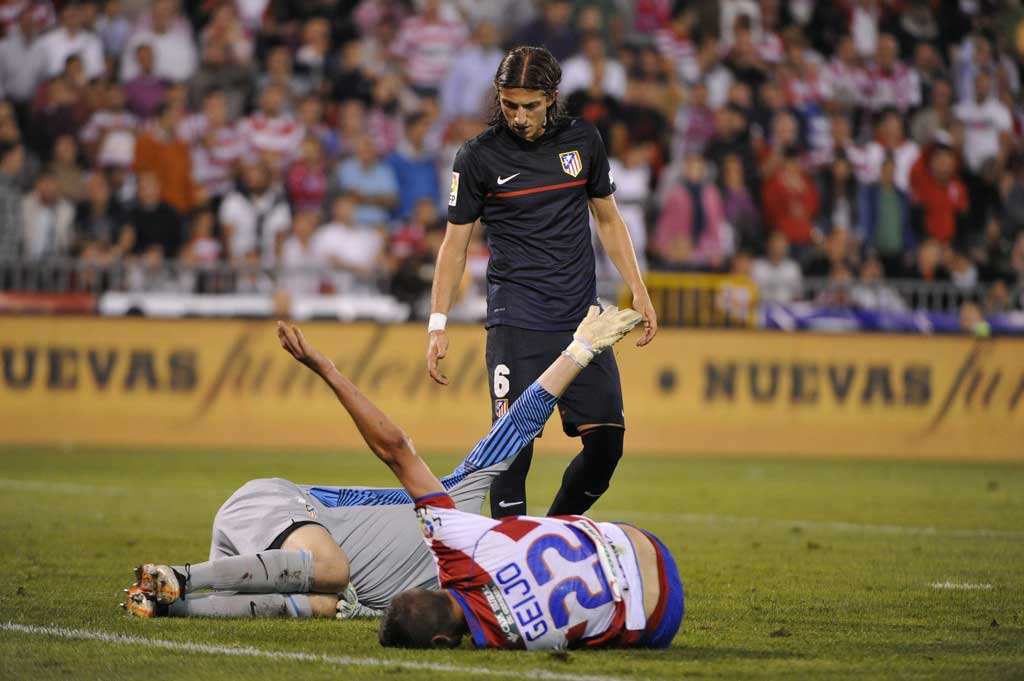
Before we look at the recovery process, let’s briefly analyze the different types of soccer injuries. Due to the high volume of running, most soccer injuries are to the player’s legs and feet. In addition to this; arm, hand and head injuries can also occur. The following are some examples of typical soccer injuries:
- Leg sprains
- Cartilage tears
- ACL sprains/tears
- Knee sprains
- Shin splints
- Knee & ankle tendonitis
- Groin pulls
- General cuts and bruises
Most injuries occur as a result of tackles or collisions during corners and set pieces. Players can also pull muscles or suffer sprains and tears while running. The severity of injuries can vary greatly, as do the resulting recovery times.
For example, light muscle strains, cramp and cuts and bruises have a relatively simple recovery process. Moreover, the overall impact they have on a player is also minimal. In comparison, an ACL tear is an extremely serious injury that could result in weeks or months of recovery. Furthermore, it could result in diminished ability and agility for the player in the long term, if the correct recovery process isn’t followed.
How can you recover effectively from these injuries?
So what can you do to recover from an injury? First and foremost, you must take your recovery seriously. If you do not, you could risk permanent injury, and even damage your future soccer prospects. To help, we have listed 9 steps and tasks you can undertake to help you best recover from soccer injuries. Please note that these are general tips and do not specifically apply to one type of injury – medical treatment, surgery and therapy may also be required for severe injuries.
1. Immediately reduce playing time
Firstly, you should reduce your physical activity – not just soccer. While you assess your injury, and look at any damage caused, do not continue to train and play. Although there is the temptation to simply continue with your daily routine and play soccer as you usually would.
If it’s just a bruise, in reality, you can do this – bruises heal and you wouldn’t risk lasting damage by continuing to play. However, for strains, muscle pains and serious injuries, continuing your usual playing routine can only cause damage – it will also increase your recovery time.
2. Seek advice from a trained professional
As soon as an injury occurs, it is advisable to seek professional help and advice. You may think that you have identified the injury, and know what course of action to take, however, this is from your limited perspective and knowledge.
A trained professional, like someone who works for a summer soccer camp or soccer academy, can analyze your injury properly. They can look at your injury and suitably assess what must be done to ensure a fast recovery. Asking for help can save you a great deal of stress and pain in the future.
3. Avoid playing through injuries
Building on point one, unless the injury is minimal, like a cut or a bruise, you should not continue to play. If you get the injury during a game of soccer or practice, continuing to play could cause serious damage.
For example, if you have a sprained ankle and you continue to run on it, the resulting pressure could cause increased swelling and damage. Ultimately, it could result in a break. What would have been a minor injury that only needed a few days of recovery, could turn into a serious injury with lasting consequences. It’s simply not worth taking the risk just to play for another 30 minutes.
4. Reduce pressure, elevate, and apply ice
For many soccer-related injuries, the best course of immediate action is to; reduce pressure, apply ice and elevate the injured area. Reducing pressure is important so that additional strain and stress aren’t placed on the affected area, causing more damage.
Ice helps to reduce swelling, which also places increased pressure on the injured area. Finally, elevating the affected area not only reduces swelling, but also helps reduce the build-up of fluids.
5. Perform basic stretches once the swelling has gone down
Ensuring your joints and muscles remain limber is a great way to aid recovery from a soccer injury. After suffering an injury your body may become tense. It is our natural reaction to tense up when suffering pain.
Once you feel able, try and perform basic stretches using the parts of your body that are affected. If it is too painful or you feel any twinges, stop. However, if it is manageable, continue. Create a routine in which you perform a variety of stretches several times a day. This will help keep your muscles and limbs supple.
6. Use resistance bands to build-up strength
Once any swelling has gone down and you feel strong enough, consider using a resistance band to build-up muscle and joint strength. There are many simple exercises you can do using these bands. Resistance bands are a simple and easy way to speed up the recovery process and ensure your body remains strong. Furthermore, it offers a great way to test your strength and measure your recovery progress.
7. Maintain a healthy diet with a dose of anti-inflammatory foods
A healthy diet is essential, not just for soccer players but for everyone so that they can live a balanced life. Maintaining a healthy diet is also vital when recovering from an injury. Your body requires essential vitamins and minerals to perform important tasks like cell repair and fight infection. This is extremely important when your body is trying to heal itself from a sports injury.
Certain foods also work as an anti-inflammatory – tomatoes, green vegetables, nuts, fatty fish and some fruits like strawberries can all help reduce inflammation surrounding an injured area of your body.
8. See a physical therapist or sports therapists for rehabilitation
This depends on the severity of your injury – if you have a serious injury, like a muscle tear or a broken bone, physical therapy could be ideal. A physical therapist or sports specialist can provide an action plan to ensure your recovery is as swift and effective as possible.
They will give you specific exercises and monitor your condition going forward. Essentially, you can work with a sports therapist to ensure your injury is healing properly, and that your body is mending in the way that it should. This type of service would only be considered for serious injuries, however.
9. Try and maintain a basic level of fitness
When recovering from an injury, your body can feel lethargic and you can experience reduced energy levels. This is because your body and immune system are putting effort into your recovery. In addition, as you are not actively playing soccer, your overall fitness and energy levels may drop.
If possible, it is advisable to try and exercise to maintain your fitness levels. This will ensure that the recovery process is smoother. Furthermore, it will keep your body in shape, so that you can return to playing soccer and get back to your previous form quicker.
We hope you have found this article beneficial. As a young soccer player, you must understand the recovery process. Soccer is a non-contact sport, but accidents happen, and players can become injured. Even though young bodies recover quicker, you must understand how to minimize long-term damage and how you can take care of your well-being.
From a coach’s perspective, understanding the injury recovery process is vital to ensure the well-being of your players. If an injury happens during practice or a match, you must be able to react to the situation quickly and provide immediate assistance. Furthermore, you must be able to give sound advice to your players and guide them through the recovery process.
Hopefully, you can utilize this information and improve your knowledge of soccer injury recovery!

